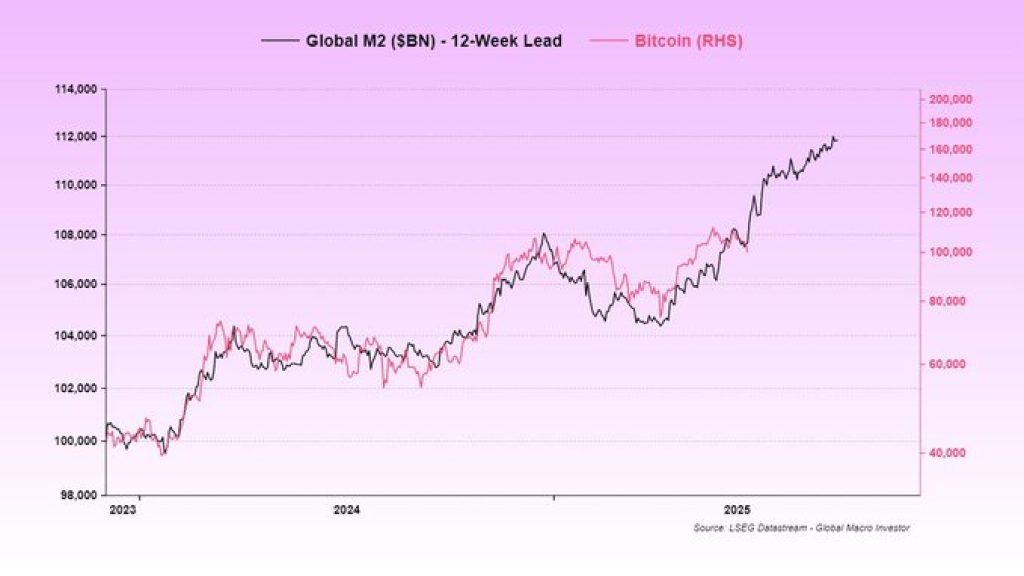2020-1-4 18:00 |
Due to the fact that it is an illiquid asset, Bitcoin’s day-to-day price movements are unpredictable. Just think back to late-October of last year, when the price of the leading cryptocurrency suddenly surged by 42 percent in a day’s time, or earlier this week, when BTC tanked below $7,000 to only see a surprise recovery to $7,300 hours later.
Despite this, multiple analyses and data sets have shown that Bitcoin’s price is somewhat predictable, at least from a longer-term perspective. One set of data, which has been rather accurate so far, suggests that Bitcoin will finish 2020 up at least 100 percent, meaning a year-end price of above $14,000.
Why Bitcoin could finish 2020 up 100%An analyst going by “Rptr45,” who specializes in analyzing Bitcoin’s historical trends, recently noted that BTC is currently in the midst of its second full-fledged price cycle, which he claims takes four years. The cycle is marked by a year of parabolic gains, a year of brutal bear market decline, a year of accumulation and expansion, then steady growth to precede the parabolic gains.
Right now, Bitcoin is in the year of steady growth, which in the last cycle saw BTC end the year up 125.6 percent. This simple observation, coupled with the fact that Bitcoin has been following the previous cycle’s (2013-2016) directionality this time around (2017-2020), suggests BTC will end this year at least above $10,000, but around $16,500 if history repeats to a T.
Does the four-year cycle narrative have credence?While the four-year cycle that the analyst pointed out may seem random at best, there are bona fide fundamentals to corroborate the existence of such long-term trends, not to mention that it is a common belief among cryptocurrency investors that Bitcoin trades in clear four-year cycles.
Indeed, every four years, Bitcoin sees what is known as its “halving” or “halvening,” which is a reoccurring event that sees the number of coins issued per block get cut in half, equating to a 50 percent decrease in BTC’s annual inflation rate.
Bitcoin’s first halving took place in 2012, which saw BTC rally by just over 100 percent. As the chart above notes, a jaw-dropping 3447.9 percent performance followed in 2013. Bitcoin’s second halving took place in 2016, during which BTC posted a 125.6 percent gain. This was followed by a 1242.6 percent yearly performance in 2017.
As you can see, there is a clear pattern: the year of the halving is marked with investors understandably front-running the event’s positive effects on the market, and the year after the halving sees the negative emission shock send Bitcoin flying higher to fresh all-time highs due to this market’s supply-demand dynamic, best encapsulated by a price model from PlanB.
Other analysts expect the bull run to returnAlthough it may be easy to cast aside the above data as pure coincidence, other prominent analysts expect Bitcoin to resume its bull run to fresh all-time highs, above $20,000, in 2020.
According to Willy Woo, partner at cryptocurrency fund Adaptive Capital and a noted on-chain analyst, his indicators which track investor activity — correlated closely with market cycles — are showing clear signs that Bitcoin is decisively not in a bear market.
Are we in a $BTC bear market?
No, we are in the re-accumulation phase of a bull market. pic.twitter.com/OcMyxA4EIY
— Willy Woo (@woonomic) December 28, 2019
Rather, as Woo continued in the tweet, the indicators suggest that BTC is in the midst of a “re-accumulation” phase of bull markets that always proceeds the blow-off top rally, one that brings Bitcoin an order of magnitude or two higher than where it started.
History repeating per Woo’s analysis means that Bitcoin will burst higher by the second half of 2020, meaning BTC is likely to set new all-time highs a few months or a year after that.
Also, Dave the Wave—a pseudonymous though eerily accurate cryptocurrency analyst that called Bitcoin’s decline to the mid-$6,000s months ago when BTC was trading above $10,000—remarked that Bitcoin is likely to bottom in the near term (if it hasn’t already) and will soon begin a trend that will bring it to $25,000 — 270 percent higher than current prices — by the start of 2021.
He specifically cited a five-wave Elliot Wave bull run, which will see Bitcoin bottom in the next few weeks before a surge to $25,000, see a brief correction, then finish the bullish run above $100,000.
The post This simple analysis suggests the Bitcoin price could increase 100% in 2020 appeared first on CryptoSlate.
origin »Bitcoin (BTC) на Currencies.ru
|
|
















